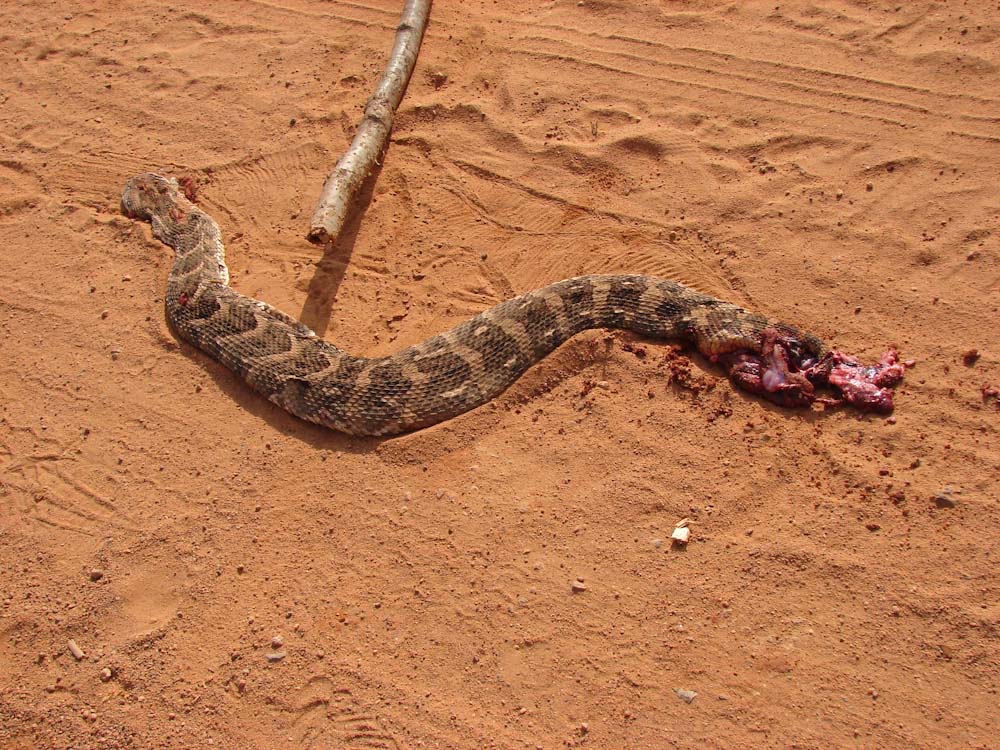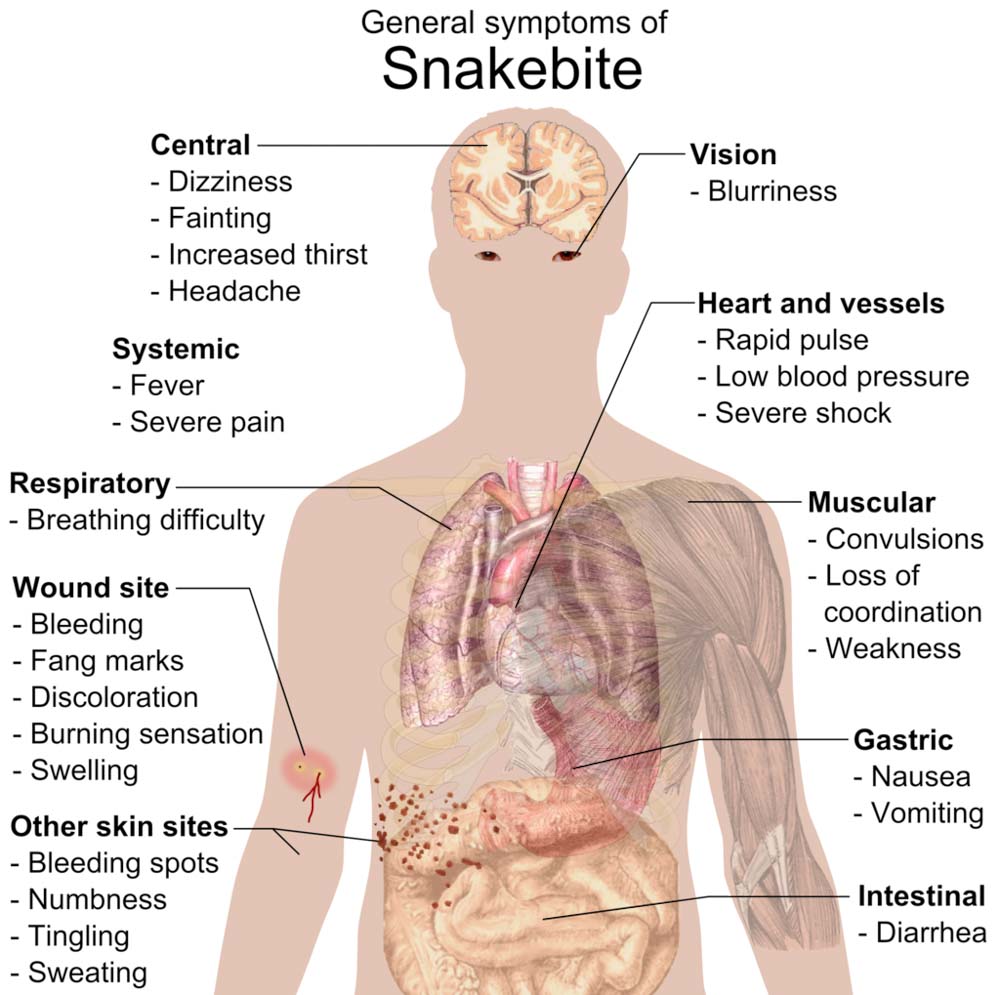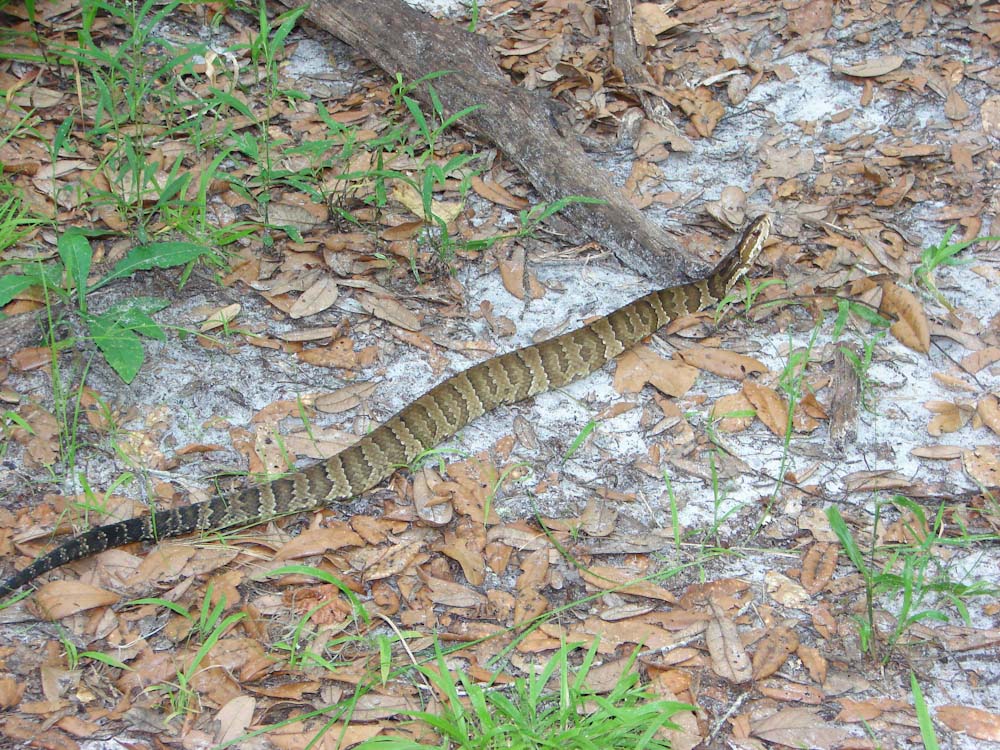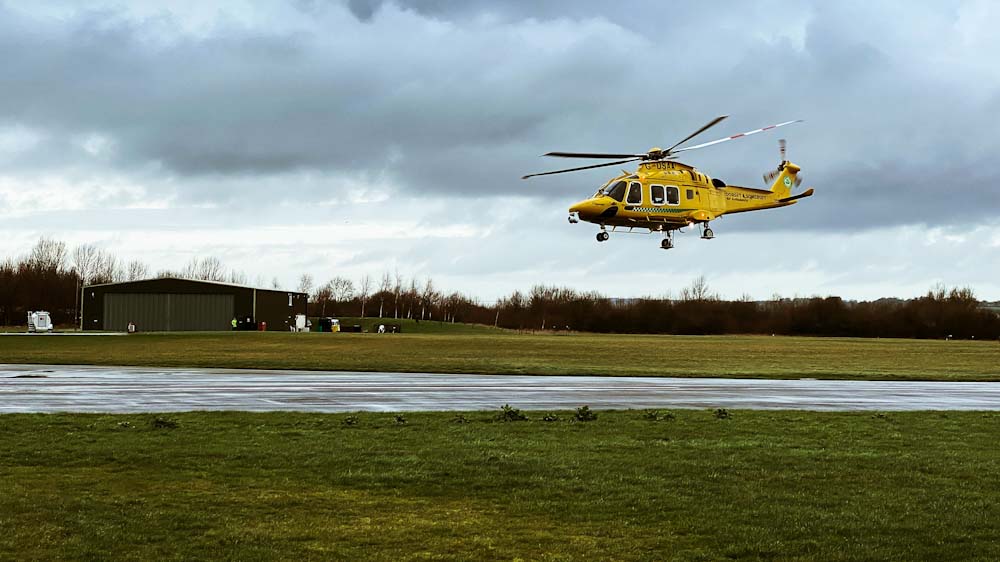A Guest Blog Post by Lewis Miller
What is the first thing that you are going to do if a venomous snake bites you or one of your loved ones? Sit for a moment and think about this question.
If you love camping, hiking, or any outdoor activity, then you cannot afford to be ignorant. Most venomous snake bites can kill their victims within 24-48 hours.
Some cases can be as fast as 6-8
hours (depending on the snake and location of the bite).
Lucky for you, this guide will help
you in the right direction and might save your life. Please read this guide
from the beginning to the end and do not skip any of the sections.
Let’s get started.
Do Not Make Your Situation Worse

A poisonous snake bite will put you in a life or death situation where
you cannot afford to do stupid things. I will give you a list below and tell
you why you should not do it:
- Do not cut or suck at the wound. If you try to cut open the wound, you will only increase your exposure to infection. The venom has already spread beyond the wound, which makes this “procedure” useless. Sucking at the wound might cause the venom to absorb through the mucous membranes in your mouth.
- Know when to apply pressure. A tourniquet is a device which will apply pressure to any limp to restrict blood flow. Ropes and clothing can also be used as a tourniquet. By limiting the blood flow around the wound, you will concentrate the venom (cytotoxic) and cause more tissue damage as a result. You can use it on neurotoxic venom because you want to limit the systemic exposure to the venom.
- Avoid cold therapy. Cold packs can make the injury worse because it will reduce healthy circulation and allow the venom to concentrate. The concentrated venom will rapidly destroy healthy tissue as a result.
- Do not shock yourself. There is no scientific evidence that shocking yourself will destroy the venom or help you in any way.
- Do not try to kill the snake. The last thing you need on in your already desperate situation is another snake bite.
- Do not drive to the hospital. It is not safe to drive when poisoned, especially with a neurotoxic venom, which can cause blurred vision and muscle weakness. If you have someone with you, then let that person drive.
Snake Bite Symptoms

Snakes do not always inject venom into their bite victim, which can result in what is called a “dry bite.” When the symptoms start to appear is when you should worry.
Neurotoxic Venom
Most cobras and mambas make use of neurotoxic venom, which disrupts the
neural pathways and attacks the nerve tissue. It is a systemic venom that
affects the entire body.
Symptoms:
- Drowsiness.
- Blurred vision.
- Slurred speech.
- Difficulty breathing.
- Muscle weakness.
Cytotoxic Venom
Snakes such as the Mozambique spitting cobra, some adders, and vipers
contain this type of venom. It destroys the cells of the soft tissues and can
cause gangrene to set in. Most people affected by this venom can lose the limb
affected if left untreated.
Symptoms:
- Extreme pain around the area bitten.
- Blistering and redness around the wound.
- Darkening of the area around the bitemark.
- Tissue necrosis (dying flesh) after 48 hours.
Haemotoxic/Hemotoxin Venom
Most rattlesnakes and the copperhead snake make use of haemotoxins in
their venom. This venom destroys the red blood cells in your body and prevents
blood from clotting. It can also destroy blood vessels.
Symptoms:
- Nausea.
- Headaches.
- Non-stop bleeding from the wound.
- Bleeding from the eyes and mouth.
- Bleeding from small cuts.
- Internal bleeding.
Learn To Identify The Snakes In Your Area

Whenever you decide to go backpacking or hiking, you need to make
yourself familiar with the poisonous snakes in your area. You need to be able
to identify them quickly because the snake might only be visible for a short
period.
You can identify the snake by looking at its color, shape of their head/body, and other characteristics. You also need to be familiar with the type of venom the snake uses.
Why Is Snake Identification Important?
The best treatment option for snakes is antivenom, which will counter
the poisonous effects of the snake bite. You cannot administer the same
antivenom to all snake species because the antivenom is species-specific.
All it takes is a simple Google search on the snakes in your area.
What To Do Right After You Are Bitten

The time is ticking, and you need to act fast. What you do right after
the snake bite can have a significant impact on your survival.
- Get help ASAP. If you are living in the United States, you need to call 911. Most US citizens are already familiar with this number. Fortunately, Enhanced 911 is currently available in the US, which enables the operator to track the coordinates of where the call was made. It is the first and most crucial step.
- Remove all jewelry and tight clothing. Remove all of your rings, bracelets, watches, or any tight jewelry. It can have the same effect as a tourniquet and can also be problematic when swelling sets in.
- Keep calm. An increased heart rate will allow the venom to spread at a faster rate. Focus on your breathing and sit under a tree.
- Limit movement and exertion. The victim should avoid carrying heavy objects such as backpacks or anything that can cause physical exertion.
- Keep the bitten area below the heart. It will reduce the circulation to the rest of the body.
Conclusion
As you can see, there is much misinformation on how to treat and handle
a snake bite victim. Some people still believe in suction pumps and will try to
suck the venom out.
This article has given you the correct way to handle a snakebite, which
might drastically increase your chances of survival.
Lewis Miller is the chief editor at https://onlinebarracks.com . Lewis is an experienced hunter, prepping enthusiast and has a high affinity for self-sufficiency and preparedness.
The post Dealing With Venomous Snakebites appeared first on WillowHavenOutdoor Survival Skills.
By: Creek
Title: Dealing With Venomous Snakebites
Sourced From: willowhavenoutdoor.com/dealing-with-venomous-snakebites/
Published Date: Wed, 25 Mar 2020 20:06:39 +0000
-------------------------------------------------------------------------
 CampingSurvivalistHuntingFishingExploringHikingPrivacy PolicyTerms And Conditions
CampingSurvivalistHuntingFishingExploringHikingPrivacy PolicyTerms And Conditions
